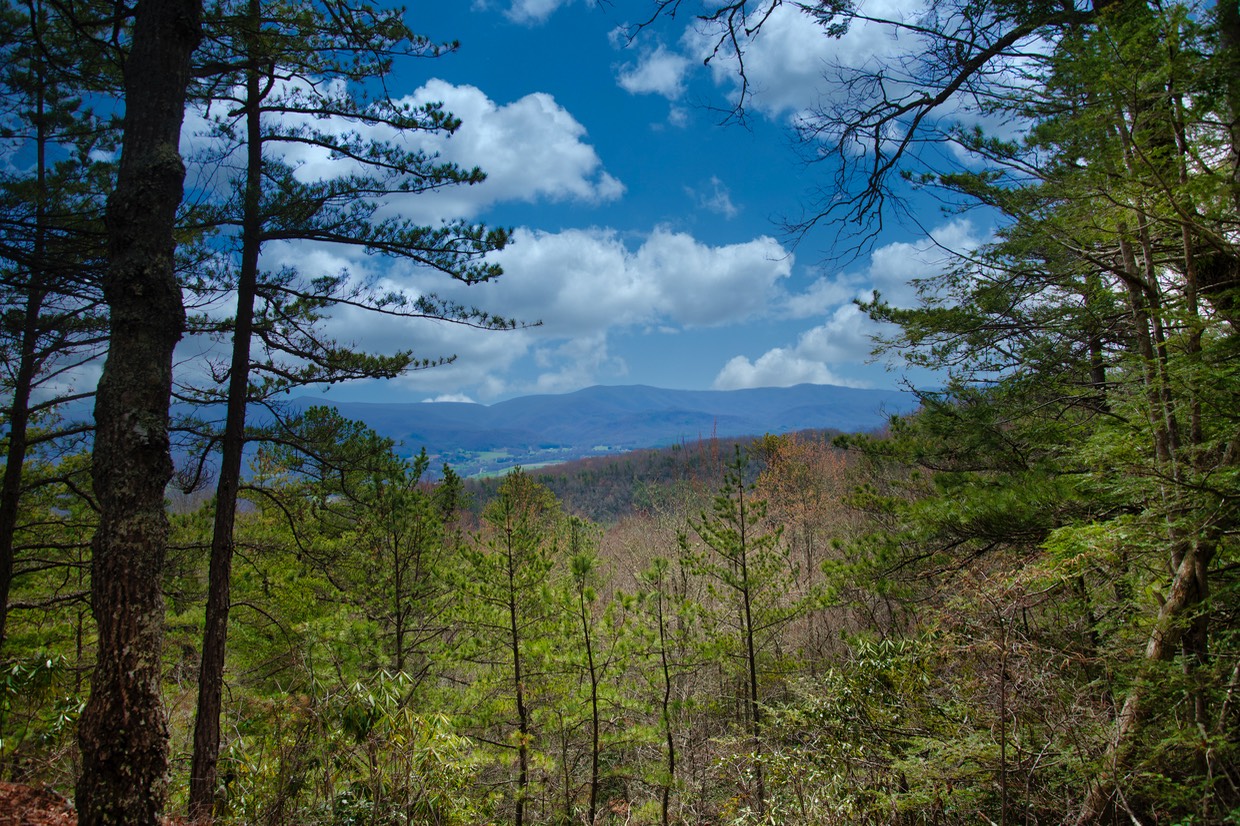Some basic Facts about the Cherokee National Forest
Embracing some 645,000 acres, the Cherokee National Forest supports a staggering array of life:
1,000 species of flowering plants,
400 species of vertebrates,
135 species of fish
This diversity is in part the result of geological history. During the Ice Age the Cherokee lay south of huge glaciers, meaning that the region’s flora and fauna has evolved, almost uninterrupted, for more than 200 million years.
Of the 124 state or federally listed terrestrial plant and animal species found in the Cherokee 81% are associated with riparian habitat, pond, bog, and wet cove.
Currently about 10.4% of the Cherokee National Forest is officially designated as wilderness.
Cherokee National Forest Wilderness areas:
Big Frog (7993)
Cohutta (1,709)
Little Frog 4666)
Gee Creek (2493)
Bald River Gorge (3721)
Citico (16226)
Joyce Kilmer/Slickrock (3832)
Sampson Mountain (7992)
Unaka Mountain (4496)
Pond Mountain (6929)
Big Laurel Branch (6332)
Another 14% (87,000 acres) of the Cherokee qualifies for Wilderness or some other protected designation.
Recreational visitors to the Cherokee National Forest contribute approximately $845 million each year to local Tennessee economies.
Recreational use of the forest provides 27 times more revenue to local economies than income from timber does, according to U.S. Forest Service studies.
Nearly half of Tennessee (12.9 million acres) is covered with forests capable of growing trees commercially. Only 3% of this commercially suitable land is on the Cherokee National Forest.
